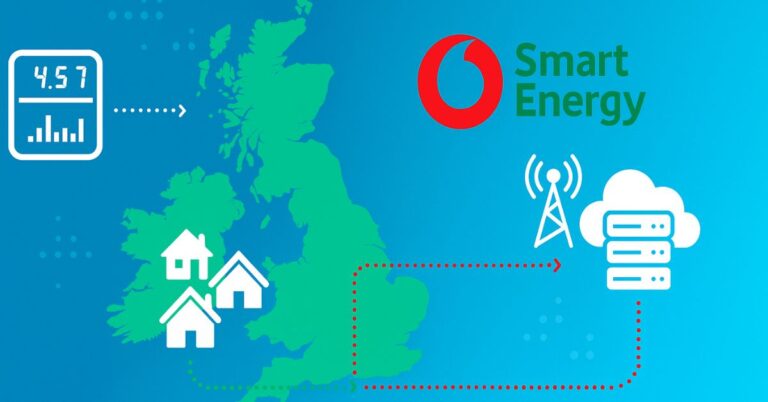NTT DOCOMO, INC. disclosed today that it has entered into an agreement to provide Samsung Electronics Co., Ltd. with a patent license encompassing DOCOMO’s crucial standard patents, including those related to 5G technology. Under the terms of the agreement, Samsung will be paying licensing fees to DOCOMO.
DOCOMO has been actively engaged in researching and developing mobile network technologies such as W-CDMA, LTE, LTE-Advanced, 5G, and 6G, as well as innovative service-related technologies, with the ultimate aim of improving mobile experiences for customers. As a result of its patent applications for these technologies, DOCOMO now owns approximately 10,000 essential standard patents for mobile communications. Consequently, DOCOMO has licensed its cellular wireless standard essential patents to over 80 companies, through both patent pools and bilateral agreements.
In the future, DOCOMO plans to continue promoting research and development, contributing to the standardization of advanced mobile communication technologies such as 5G, 5G Evolution, and 6G, and licensing its essential cellular wireless standard patents.
-
Patents that must be necessarily infringed without a license from the patentee to manufacture, sale, use, or otherwise practice any product which complies with the relevant industry standard.
-
Worldwide total (as of February 28, 2023) of registered patents and patent applications in the patent families that have been declared essential to the European Telecommunications Standards Institute (ETSI). A patent family is a group of patents and patent applications covering the same technical content and have been filed in multiple countries having exactly the same priority or combination of priorities based on a patent application(s).
-
Agreements between two or more patent owners to license their patents to one another and/or to third parties relating to a particular technology.



























